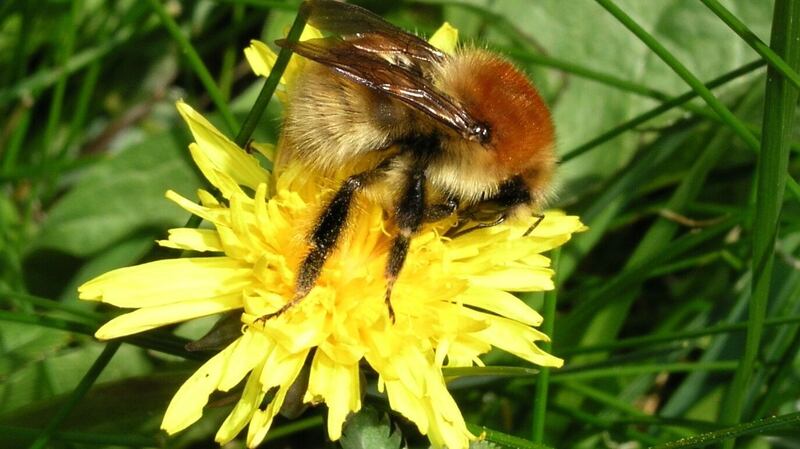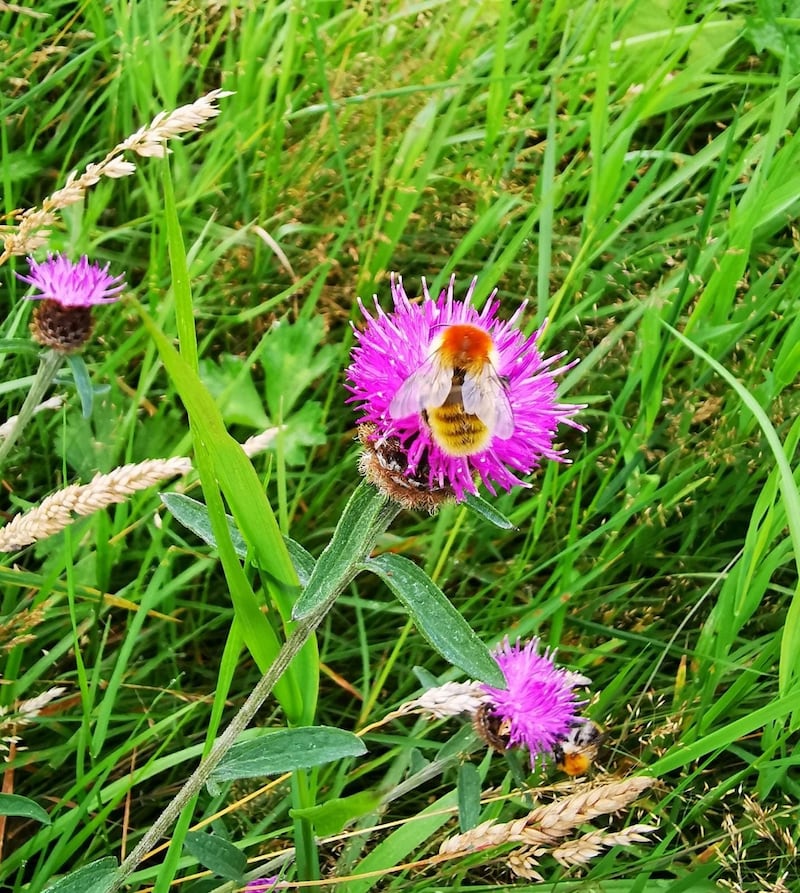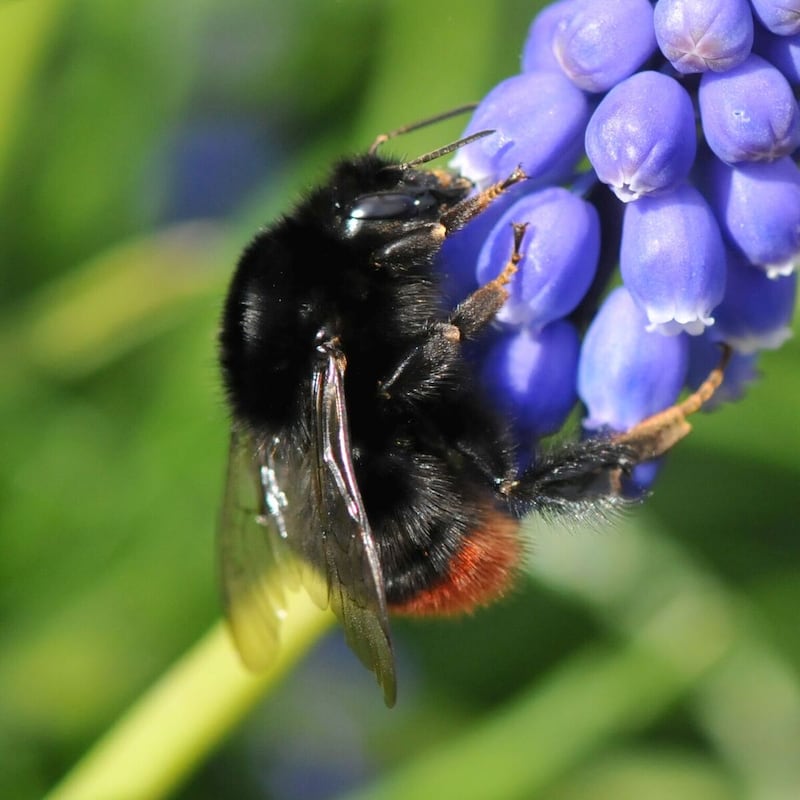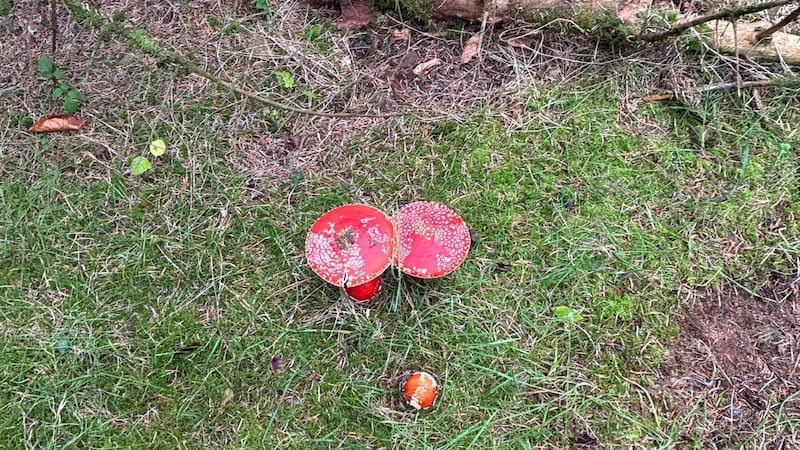A new all-Ireland pollinator plan is encouraging more people to "pledge their garden for pollinators" and create "pitstops for hungry bees right across our landscape".
The plan for 2021-2025 published by the Government sets out 186 actions with increased focus on protecting rare species that are at risk of disappearing; notably the Great Yellow Bumblebee.
One-third of 98 wild Irish bee species are threatened with extinction.
In asking gardeners to support pollinators, it was not about letting gardens go totally wild. It was possible to have a pristine garden by taking simple actions in enhancing habitats and feed for insects and having a plan on flower and shrubbery mix, whereby flowering occurs at different times of the year, said Prof Jane Stout of Trinity College Dublin who is deputy chairwoman of the pollinator plan steering committee.
“It’s about having some wilder areas but doesn’t mean the whole garden going wild,” she said. Other helpful actions included using less chemicals and providing “bee hotels” made from different sized bamboo stems and paper tubes where the bees can nest bundled together.
The new plan calls for more restoration of land for pollinators and other biodiversity, and aims to improve awareness of how farmers can play their part. It also underlines the role of local authorities in managing their land “in a way that better integrates people and biodiversity”
To reinforce “Ireland’s position as a world leader in pollinator conservation” it is to establish a “pollinator trail that identifies and celebrates excellent examples of restored pollinator habitat across the island”.
The plan was launched jointly by Minister for Heritage Darragh O'Brien, Minister of State for Heritage Malcolm Noonan and Minister of State for Biodiversity Senator Pippa Hackett.
“I would like to encourage everyone to read the plan and do what they can to take action for pollinators,” Mr O’Brien said.
Mr Noonan added: “Whether by planting native trees, providing nesting habitat, letting the grass grow or reducing pesticide use, the plan makes it easy for everyone – rural or urban, young or old, expert or novice – to get involved in biodiversity conservation.”
Ms Hackett said: “Farmers and farmland do a vital job in managing land for our wild pollinators. Their role needs to be both recognised and celebrated, and I believe this new All-Ireland Pollinator Plan will work to do that, by encouraging farmer engagement and improving awareness and uptake of pollinator actions.”
This would bring about landscape level change for wild pollinators and for wider biodiversity, she added.



The Ministers have issued a letter to local authorities and councillors, requesting them to consider what they could do to support pollinators on their own lands. The National Parks & Wildlife Service is to fund a full-time project officer to support the plan while the Department of Agriculture is to fund a full-time project officer to support implementation of farmland actions
Ireland was among the first countries in Europe to address the accelerating decline of pollinator species through greater public participation in habitat enhancement and citizen science. The first plan, which covered the past five years, "was incredibly successful across the island, and across sectors" confirmed Prof Stout. "It generated strong support from communities, local authorities, farmers, schools, businesses in supporting pollinator populations."
In spite of that success, pollinators are still in decline. “We have to make sure that enthusiasm counts,” she added. It was too early to know the extent to which population declines had been slowed by the first plan.
Through citizen science projects there was a bumblebee and butterfly monitoring scheme in operation but no national monitoring scheme, Prof Stout said.














